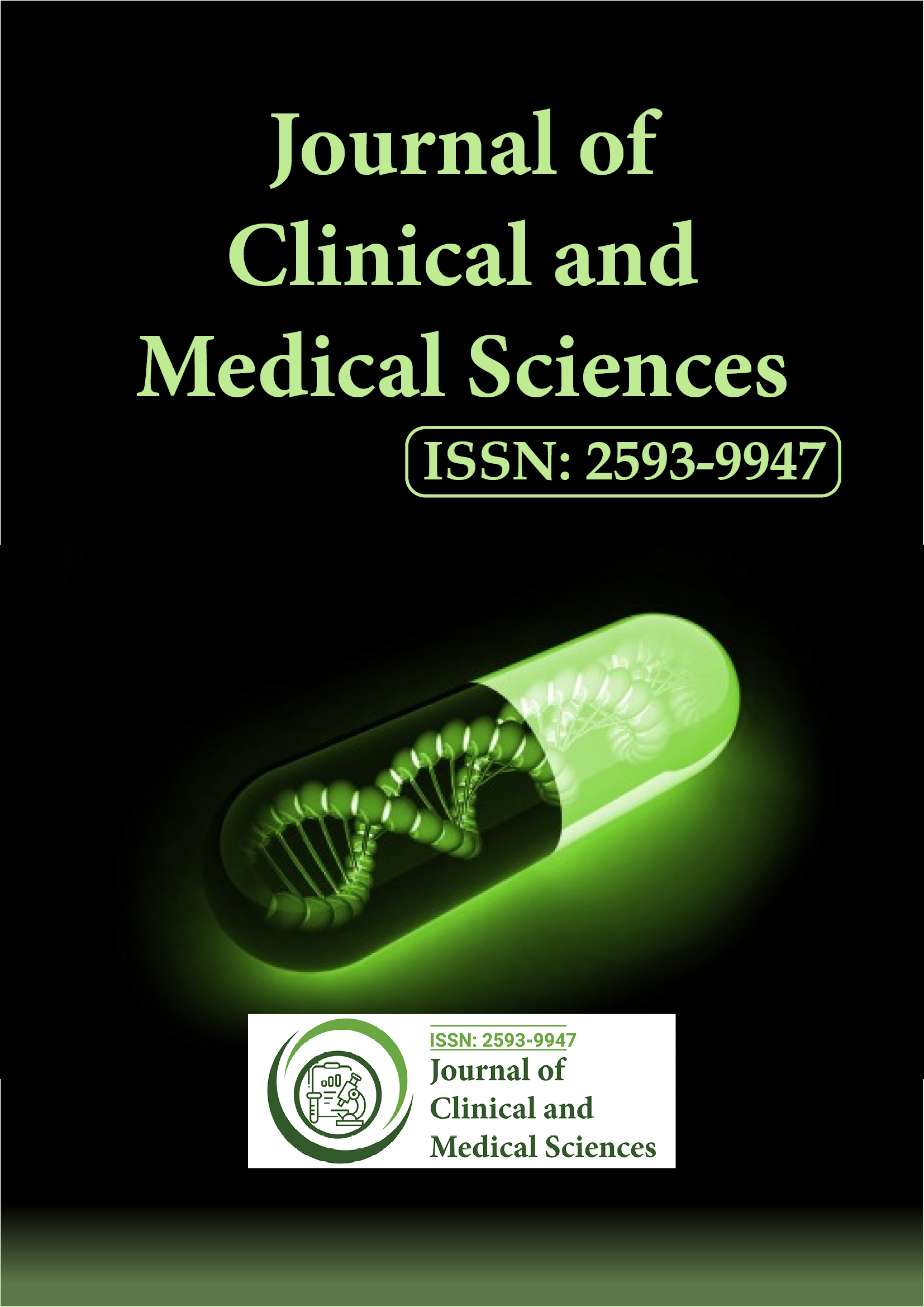Indexed In
- Euro Pub
- Google Scholar
Useful Links
Share This Page
Journal Flyer

Open Access Journals
- Agri and Aquaculture
- Biochemistry
- Bioinformatics & Systems Biology
- Business & Management
- Chemistry
- Clinical Sciences
- Engineering
- Food & Nutrition
- General Science
- Genetics & Molecular Biology
- Immunology & Microbiology
- Medical Sciences
- Neuroscience & Psychology
- Nursing & Health Care
- Pharmaceutical Sciences
Perspective - (2021) Volume 5, Issue 6
Treatment of Temporal Lobe Epilepsy with Stem Cells
Mihaela Badea**Published: 23-Nov-2021
Abstract
Epilepsy affects 65 million individuals worldwide, with over 5.5 million people in India alone suffering from the condition. Epilepsy is defined by the occurrence of seizures that are unpredictable due to an imbalance in excitatory and inhibitory activity between brain regions. Temporal Lobe Epilepsy (TLE) is one of the most well-known epilepsies, accounting for around 40 % of epilepsy patients. In TLE, an Initial Precipitating Injury (IPI) such as status epilepticus, stroke, head injury, febrile seizure, brain tumour, or encephalitis is usually detected, followed by a latent period of no seizure activity, and then the emergence of Spontaneous Recurrent Motor Seizures (SRMS).
Introduction
Epilepsy affects 65 million individuals worldwide, with over 5.5 million people in India alone suffering from the condition. Epilepsy is defined by the occurrence of seizures that are unpredictable due to an imbalance in excitatory and inhibitory activity between brain regions. Temporal Lobe Epilepsy (TLE) is one of the most well-known epilepsies, accounting for around 40 % of epilepsy patients. In TLE, an Initial Precipitating Injury (IPI) such as status epilepticus, stroke, head injury, febrile seizure, brain tumour, or encephalitis is usually detected, followed by a latent period of no seizure activity, and then the emergence of Spontaneous Recurrent Motor Seizures (SRMS).
Stem Cell Based Therapy
Cell therapy is gaining traction as a potential treatment for drug-resistant epilepsy. Cell therapy has been shown to be effective in the treatment of TLE in preclinical investigations. In epileptic rodents, intra-hippocampal transplantation of neural progenitor cells reduces seizure frequency and enhances cognitive function. Similarly, neuronal grafts enriched with interneurons have been demonstrated to diminish SRMS frequency and intensity. The ethical considerations involved with collecting brain cells, transplanted cell survival, immune rejection, functional efficacy of grafted cells, and probable teratoma formation are the key challenges that prevent cell therapy from being used to treat CNS illnesses.
Despite these obstacles, a consensus is emerging that the transplanted cells' production of growth factors and cytokines may play a role in host regeneration. Condition Medium (CM) generated from stem cell cultures is a good source of growth factors and cytokines that may have protective qualities against a variety of diseases. Recent research employing an in vitro model of neurodegeneration has shown that introducing conditioned media formed from non-neuronal cells such as Adipose Stromal Cells (ASC-CM) and bone marrow mesenchyme stem cells can rescue neurons against excitotoxicity.
Similarly, a single intravenous injection of ASC-CM rescued hippocampus and cortical neurons from ischemia injury in a recent investigation. While the bulk of studies looked at the effects of cell transplantation in animal models of TLE, there is no evidence on the effects of CM in general on avoiding hippocampus damage after SE and preventing the development of SRMS.As a proof of concept, we performed preliminary tests in which CM generated from the HEK cell line completely protected hippocampus cells in vitro from kainic acid-induced neuro degeneration. Further research revealed that exposing HEK-CM to hippocampal culture increases endogenous neuro protective factors such as erythropoietin and BCL-2, implying that paracrine factors alone may be sufficient to recapitulate the therapeutic efficacy of cell transplantation in the treatment of neurodegenerative diseases.
Role of Astrocytes in Epileptogenesis
Epileptogenesis is aided both directly and indirectly by inflammatory reactions mediated by reactive astrocytes. The direct contribution of reactive astrocytes to hyper excitability in an epileptic brain is due to delayed spatial buffering of K+ ions, reduced inward rectifying K+ channels, increased glutamate release associated with glutamate re-uptake mechanism malfunction, and altered Ca+ uptake mechanisms. Furthermore, the excessive proliferation of astrocytes that occurs after IPI indirectly contributes to the pathogenesis of TLE by affecting the integrity of the Blood-Brain Barrier (BBB) and allowing plasma proteins to extravasate into the CNS.
In TLE patients, several studies have found a direct link between seizure severity and BBB degradation. The rapid breakdown of adenosine by reactive astrocytes is another key symptom. Adenosine is an inhibitory and endogenous anti-convulsant that has been demonstrated to be neuro protective in animal models of TLE. Adenosine Kinase (ADK), which is predominantly expressed by astrocytes, determines the extracellular adenosine level. However, during SE, ADK activity increases due to hyper proliferation of reactive astrocytes, leading in quicker extracellular adenosine breakdown, disrupting the excitatory inhibitory balance.
